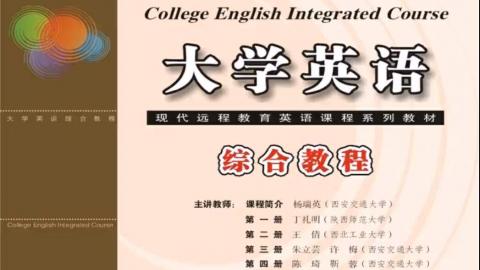冠词的含义
在英语中,为了帮助说明名词的含义,常常在名词前加辅助词,这个词就是冠词。
冠词是一种虚词,在句子里不能单独作一个成分。
注意:汉语中没有冠词。
二、冠词的种类
不定冠词 a辅音前 一般情况
强调/单读
an 元音前 一般情况
强调/单读
定冠词 the 辅/元音前 辅音前
元音前
三\冠词的用法
1.不定冠词a/an的用法
(1)用来表示一类人或事物
She is a teacher.她是老师
Birds of feather flock together.物以类聚,人以群分.
2.指某人或某物,但不具体说明何人或何物
He borrowed a story-book from the library.
他从图书馆借了本故事书.
A Wang is looking for you.
有位姓王的同志在找你.
3.相当于"one"的概念,但数量概念没有one强烈.
i have a mouth ,a nose and two eyes.
我有一张此,一个鼻子和两只眼睛.
we have three meals a day.
我们一天吃三顿饭.
4.用于某些固定词组中
a bit. a few, a liitle, a lot of, a piece of, a cup of, a glass of, a pile of
(2)定冠词the 的用法
1.物指某(些)人或某(些)事物
Beijing is the capital of china北京是中国的首都.
2.指谈话双方都知道的人或事物
Where is the teacher?老师在哪儿?
Open the window, please.请把窗户打开.
3.指上文提过的人或事物.
There was a chair by the window. One the chair sat a young woman with a baby in her arms and the baby was crying.
窗边有把椅子,椅子上坐着一个怀抱婴儿的妇女,这个婴儿在哭.
4.用在世界上独一无二的事物前
the earth 地球 the moon月亮 the sun太阳
5.用在序数词和形容词最高级前
He is always the first to come to school.他总是第一个到学校
Bob is the tallest in his class
鲍勃是班里面最高的学生.
6.用在某些专有名词前(,是普通名词构成的专用名词)
theGreat Wall 长城
the Science Museum科技博物馆.
7.用在形容词前,表某一类人
the poor穷人 the wounded伤员
the living 活着的人 the dead死人
8.用在一些习惯用语中
On the day, in the morning(afternoon,evening), the day after tomorrow, the day before yesterday, the next year, by the way等.
